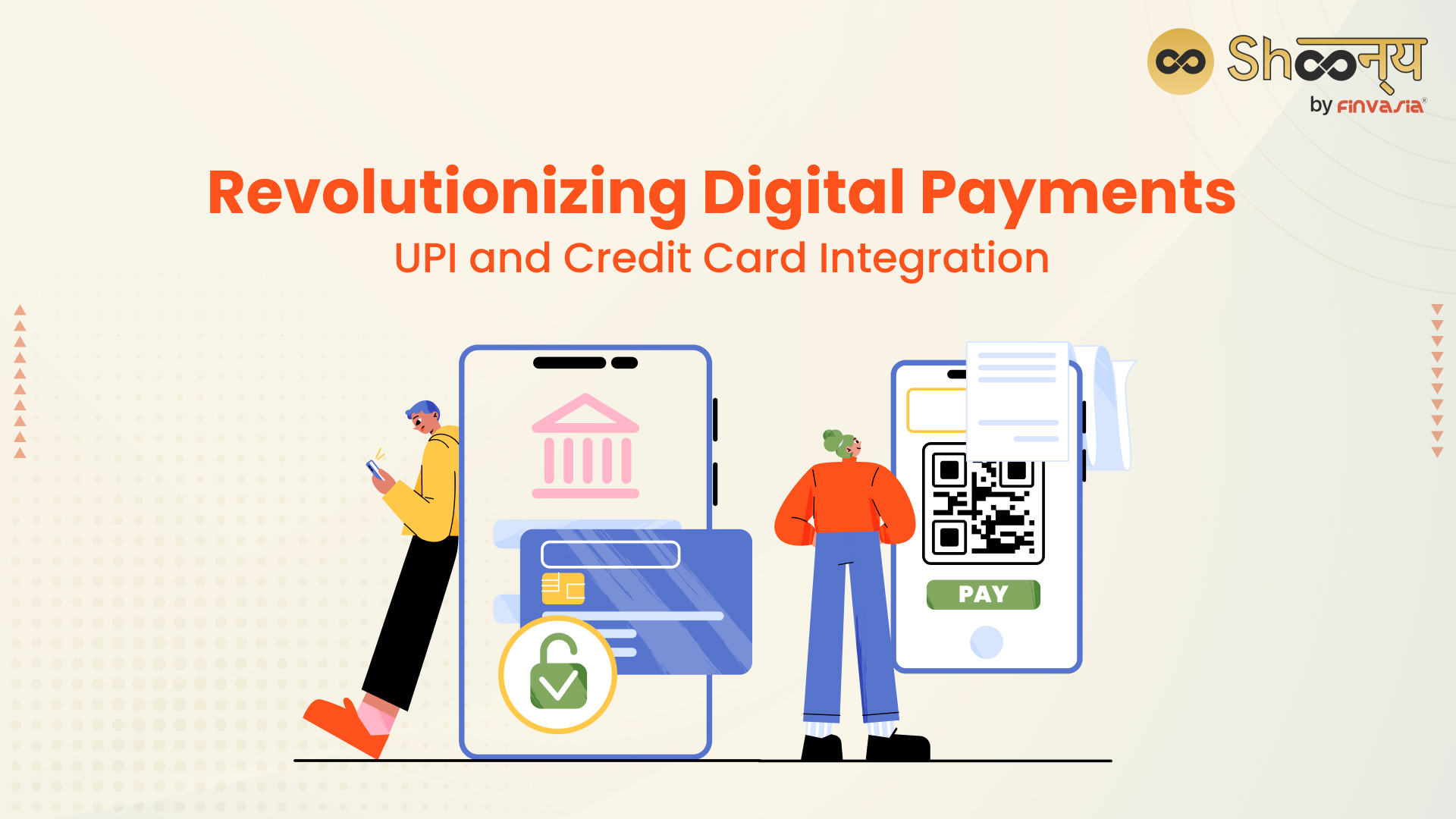The Reserve Bank of India’s recent decision has directed a new era in digital payments, permitting users to link their credit cards with the Unified Payments Interface (UPI). This move expands the horizon of financial services, providing a more inclusive payment system.
Key Highlights
- Facilitating easy transactions, UPI and credit card integration creates more card-like options offered by banks.
- Emphasising risk analysis, players in this space ensure user-friendly transactions and convenience.
- RBI’s move for pre-approved credit lines in UPI transactions allows quick access to credit through linked UPI accounts.
- UPI’s digital revolution transforms India’s payment landscape from cash-centric to non-cash.
- Widely adopted by millennials and Gen Z, UPI facilitates micropayments, ensuring quick transactions without beneficiary details.
- Linking debit and credit cards with UPI offers convenience and caters to those favouring UPI over traditional card swiping, providing a powerful and inclusive payment model.
UPI’s Impact on Digital Payments
Since its introduction, UPI has transformed India’s payment landscape, enabling a shift from a cash-centric to a non-cash economy. Millennials and ofcource the Gen Z, in particular, have embraced UPI for various transactions, including micropayments. The scan-and-pay feature has simplified real-time payments, money transfers, and rewards without the need for beneficiary details.
The UPI-Card Union Advantage
The latest development allows users to link their debit and credit cards with UPI, offering a seamless and convenient alternative to traditional card swiping.
- This integration empowers users with a comprehensive financial tool that combines UPI, card networks, and bank accounts into a single platform.
- The result is efficient payment methods, financial management, and streamlined investment transactions, all accessible through smartphones.
Unlocking Instant Credit with UPI
RBI’s decision to include pre-approved credit lines in UPI transactions is a game-changer. Users can now avail of credit options swiftly by linking their UPI accounts with scheduled commercial banks. This innovation is especially beneficial for those who prefer UPI over credit cards, offering instant credit without the need for a separate application.
Credit Cards with UPI
Using your credit card with UPI payment is a simple and safe way to do transactions online and offline. UPI, or Unified Payments Interface, lets you transfer money instantly between any two bank accounts using a mobile app. Here’s how to link your credit card and use it for UPI payments:
Choose a UPI App: Download and install a UPI app from the Google Play Store or Apple App Store.
Register: Open the app, register with your mobile number and bank details, and get a UPI ID and PIN.
Add Credit Card: In the app, go to the credit card section, add your card details, and verify with CVV and OTP. You’ll get a UPI ID and PIN for your card.
Make Payment: To pay with your credit card, scan a QR code/ enter a UPI ID. You can also choose your credit card from the home screen or contacts list.
Confirmation: Enter the amount, and a reason and confirm with your UPI PIN. You’ll receive a confirmation message and a transaction receipt.
Empowering Consumers and Fueling Growth
The inclusion of credit services within UPI opens doors for flexible repayment options and instalment plans. This breakthrough empowers consumers who were previously excluded from credit card transactions. Private sector banks can now offer credit products akin to traditional credit cards without the need for physical cards or elaborate infrastructure.
Some things to keep in mind when using credit cards with UPI Payments
• You may be charged a convenience fee or a transaction fee by your credit card issuer or the UPI app for using this service. The fee may differ depending on the app, the card, and the transaction amount.
• You may also be subject to the interest rate and the credit limit of your credit card. You should pay your credit card bill on time to avoid any late payment charges/ penalties.
• You may not be able to use credit cards with UPI payment for some transactions, such as paying rent, loading wallets, buying mutual funds, or paying taxes. You should check the terms and conditions of your credit card issuer and the UPI app for more details.
• You should always use a trusted and secure UPI app and protect your UPI PIN and credit card details from any unauthorised access or fraud.
Conclusion
While challenges exist, ongoing technological advancements are expected to overcome them. With UPI’s efficiency and RBI’s progressive stance, the future holds the promise of credit card-like products private sector banks offer. Players entering this space must focus on risk analysis, user-friendliness, and scalability to ensure the success of these innovative financial products.
In conclusion, the integration of credit cards with UPI marks a significant step towards a more inclusive and efficient financial ecosystem, emphasising the consumer’s financial control.
Source- moneycontrol.com
______________________________________________________________________________________
Disclaimer: Investments in the securities market are subject to market risks; read all the related documents carefully before investing.

